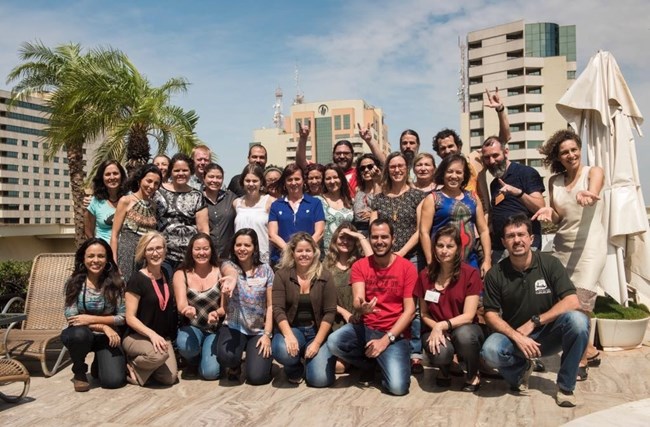Last updated: May 16, 2018
Article
Continued Partnership With Brazil Yield Positive Results

Earlier this year, you learned about a collaborative effort that the US Forest Service and NPS are undertaking to support Brazil’s park planning efforts. This work continues and in October, the Denver Service Center planning division collaborated again with the USFS and Brazilian government, building upon efforts towards planning for protected areas in Brazil. This partnership was made possible through an interagency agreement with the USFS supported by the US Agency for International Development’s Partnership for the Conservation of Amazon Diversity.
Over the last year, the Brazilian government tested and adopted a new management planning process for Brazilian conservation units (adapted from the NPS Foundation Document process). The agency has determined this to be a valuable approach, and plans to complete management plans for all of their 324 conservation units. To build local capacity in leading the management plans, Chris Church and Sarah Bodo from the DSC planning division taught a training course on facilitating a management planning workshop.

facilitation training course. The photo was taken after the group was
relocated to Brasilia due to wildfires.
Thirty experienced and enthusiastic planners, park managers, and facilitators from all corners of Brazil congregated in Chapada dos Veadeiros National Park for the training. On the first day wildfires forced the training to move to Brasilia. While participants were disappointed—imagine meeting up with colleagues from across the US in the Grand Canyon, only to finish the training in Phoenix—spirits revived with an evening visit to soak in mineral springs in Brasilia National Park. The four-day training accomplished participant’s objectives while giving Chris and Sarah much knowledge to take back to the NPS.
Beyond having a new cadre of 30 staff ready to lead management plans, one of the most valuable lessons coming out of the training is the combined power of bringing multiple divisions and directorates together to achieve common goals. In concluding the meetings, Chris and Sarah met with Brazilian planners and representatives from other directorates; this coordination led to broader support for management plans, as well as identification of future possibilities to enhance conservation of the protected areas, specifically by linking vast amounts of scientific data to better inform management decisions.
